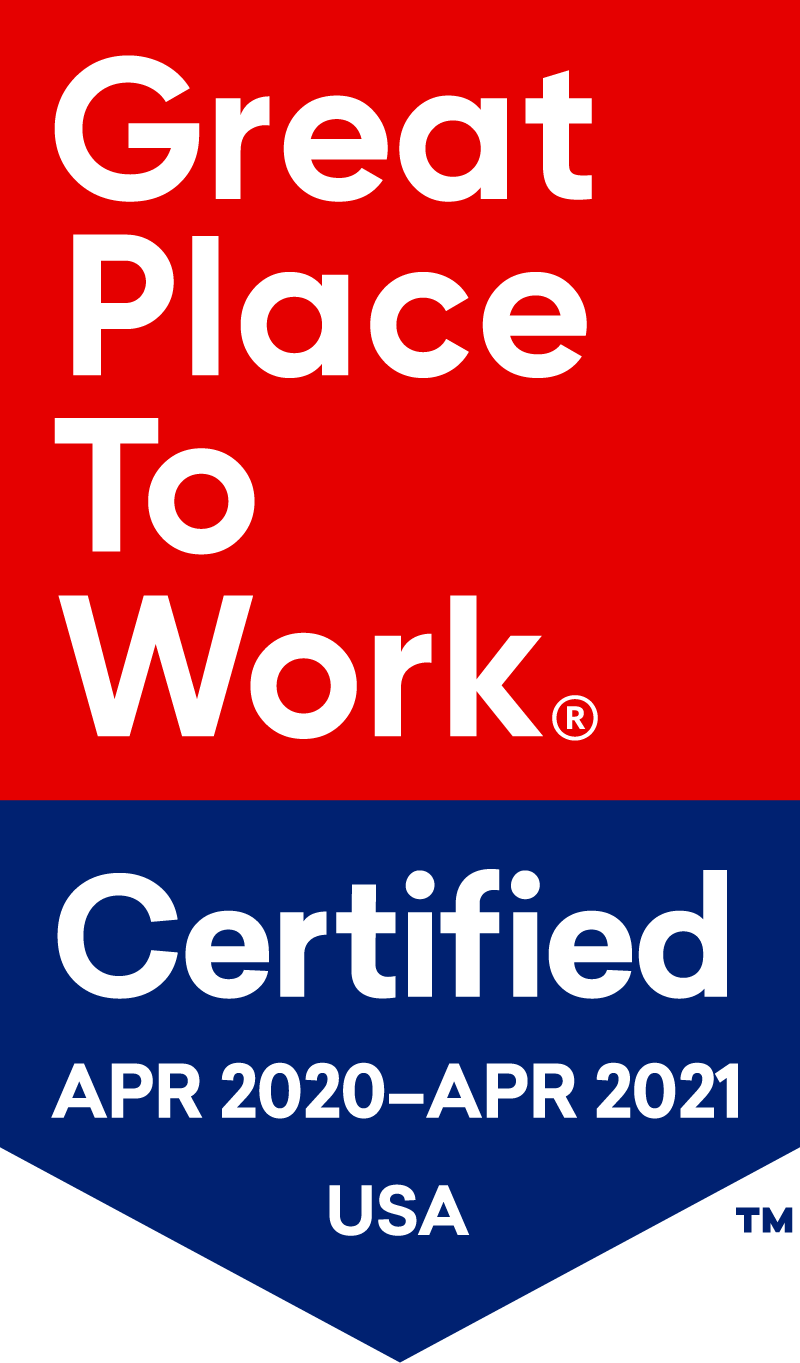TWA Hotel Review: JFK Airport A Stylish Work in Progress
By Justin Bachman
Loud design and quiet rooms at JFK International Airport.

Photographer: Gabriela Herman/Bloomberg
May 16, 2019 – The retro-chic TWA Hotel at John F. Kennedy International Airport wants you to think of the Rat Pack, the Beatles, and the soaring grace of Eero Saarinen’s futuristic terminal, dedicated to the then-new Jet Age.
What the hotel doesn’t want is for guests to hear even a murmur of jet engine noise from adjacent taxiways. To achieve this solitude, the designers sheathed both wings of the new 512-room hotel with a 4.5-inch glass curtain wall, second-thickest in the world, to hush JFK’s madding bustle.
Draw shut the blackout shades in every room, and you’re in a virtually silent chamber save for the low whoosh of air conditioning. Jet engine noise and auto traffic at the adjacent Terminal 5 won’t be an issue. “We want to give you the experience of aviation without making you hear it,” says Erik Palmer, the hotel’s managing director.
What that glass curtain couldn’t silence: a chorus of complaints on the first night. The TWA Hotel opened its doors to customers on Wednesday with abundant kinks to exterminate and a deep sense that things could have been much, much smoother had the hotel waited a week or two to complete its finishing touches, 57 years nearly to the date that Saarinen’s original Trans World Flight Center was dedicated on May 28.

Photographer: Gabriela Herman/Bloomberg
Many of the elevators went on strike around 4 p.m., just as the first guests checked in; the cashless hotel suffered glitchy point-of-sale system processing as servers tried to ring up drink orders, while the rooftop infinity pool deck was off-limits because construction isn’t finished. (The pool itself is ready, though.)
The hotel has returned the TWA Flight Center’s original Lisbon Lounge for cocktails, as well as Paris Café, the latter run by celebrity chef Jean-Georges Vongerichten. A restored Lockheed Constellation painted in TWA’s livery sits outside the glass-walled lobby as a year-round cocktail lounge. In total there’s a restaurant, three bars, and a food hall, in varying states of readiness on opening day.
The 1960s design motifs extend to the guest rooms, which are geared to inspire visions of 1962, the year of the first Jetsons episode, a time when Boeing Co.’s 707 was rapidly supplanting propellers for a speedier, more glamorous form of air travel.

Photographer: Gabriela Herman/Bloomberg
The rooms feature dark wood, red chairs or a red seating platform, and a terrazzo tile entrance foyer. The tile is a re-creation of the design pattern used at St. Louis’s Gateway Arch, another Saarinen icon completed in the 1960s. Each room has a black rotary-dial telephone, a well-stocked cocktail minibar—including Tab soda—a jar of sharpened red No. 2 pencils, and lamps of ’60s-era design. Bathrooms include Frette towels and washcloths.
Among the hotel’s best amenities: blazing-fast Wi-Fi throughout, likely faster than whatever you have at home. (Download speeds top out near 400 megabits per second.) “We paid extra for that,” Palmer quips—and so do guests, via a mandatory $10 resort fee.
The hotel also includes 50,000 square feet of event space. Weddings, bar or bat mitzvahs, and corporate meetings are the primary sales targets. JetBlue Airways Corp. will be the first large-event customer, with a sit-down dinner for 500 on May 16.

Photographer: Gabriela Herman/Bloomberg
As you’d expect, rooms have that “new hotel smell,” and despite the location at a busy, 24-hour airport, guests can enjoy a fine rest in king- or double-bed rooms, so long as the housekeeping staff aren’t overly chatty. There are also suites. And all should succeed in offering quiet.
The hotel’s developer, MCR Development LLC, has 94 hotels in 24 states and spent months evaluating the proper “aesthetic” for the rooms’ sound design. How to eliminate airport noise was, of course, a key consideration, says Victoria Cerami, chief executive officer of Cerami & Associates, the acoustical design firm that worked on the project. She notes that the glass wall encircling the two room wings—dubbed Hughes and Saarinen—comprises seven panes, making it thicker than any other glass curtain wall aside from that of the U.S. Embassy in London.
Most people don’t notice their sound environment “unless you become annoyed, and once you’re annoyed, you become hypervigilant” to the particular sounds causing your displeasure, Cerami says, sitting in a sound-isolated listening booth constructed inside the firm’s Midtown Manhattan office.

Photographer: Gabriela Herman/Bloomberg
The booth is akin to a recording studio, but one where clients can listen to the various effects of different materials architects use to shape and tame an acoustic environment. The field of acoustic engineering has experienced dramatic growth because of its importance to office buildings, hotels, and hospitals.
“People think about their space in a much more sophisticated way” than in the past, Cerami says. She declined to reveal costs of the overall $300 million project but noted that acoustic design and engineering typically make up less than 1% of a project budget.
Once all the rough edges are smoothed, and the staff find their groove, the hotel will be a nice experience for the sort of traveler who wants a certain no-nonsense aesthetic and doesn’t mind New York prices. (Hello, $6 cup of average drip coffee to go.)
TWA Hotel rates start at $249, with discounts for advanced payment; the hotel also offers four 12-hour partial-day options for weary travelers wanting a nap, from $149. Premium rooms with runway views are more expensive. The TWA is not a luxurious hotel—you’ll get in-room Pringles and a box of Junior Mints but no room service, for example—nor is it trying to be.
What it does offer is an homage to a past era of aviation, restful sleep in quiet rooms, and the kind of marketable “story” with Instagrammable photos, like snapping a shot while sipping a cocktail inside a Lockheed Connie delivered to TWA in 1958.

Photographer: Gabriela Herman/Bloomberg


